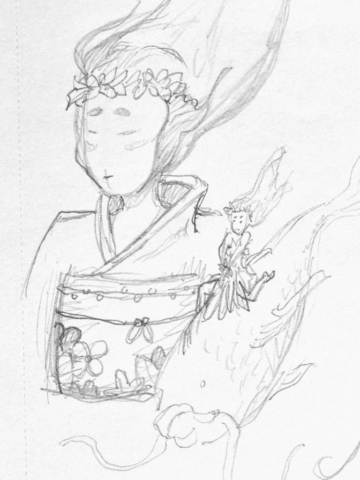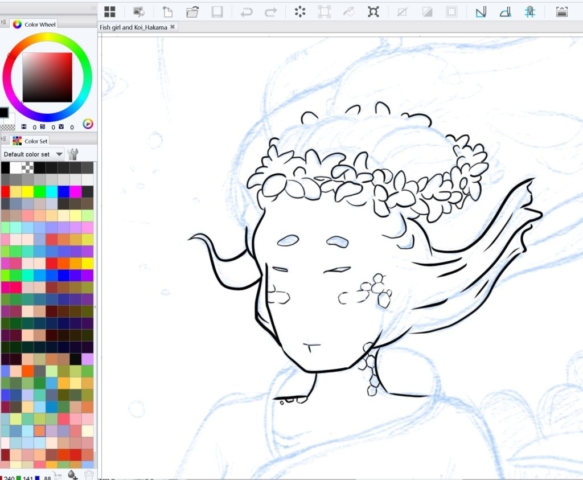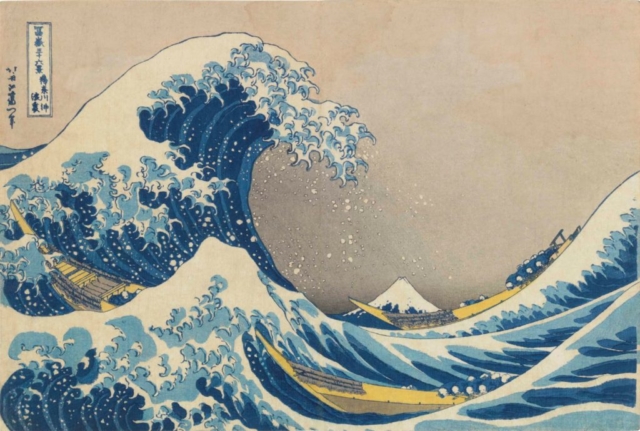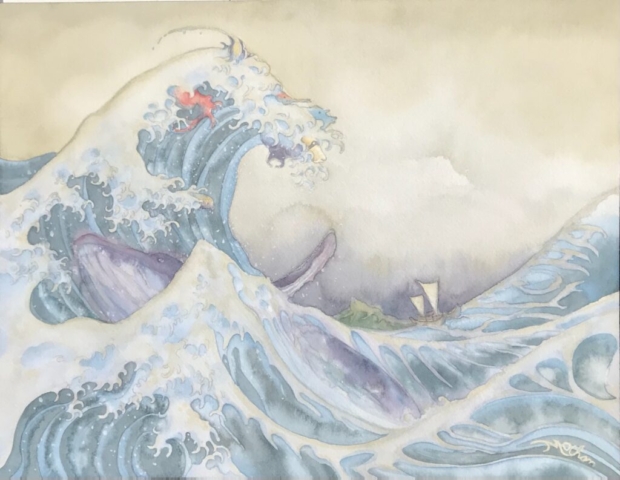Hidden Japanese Treasures
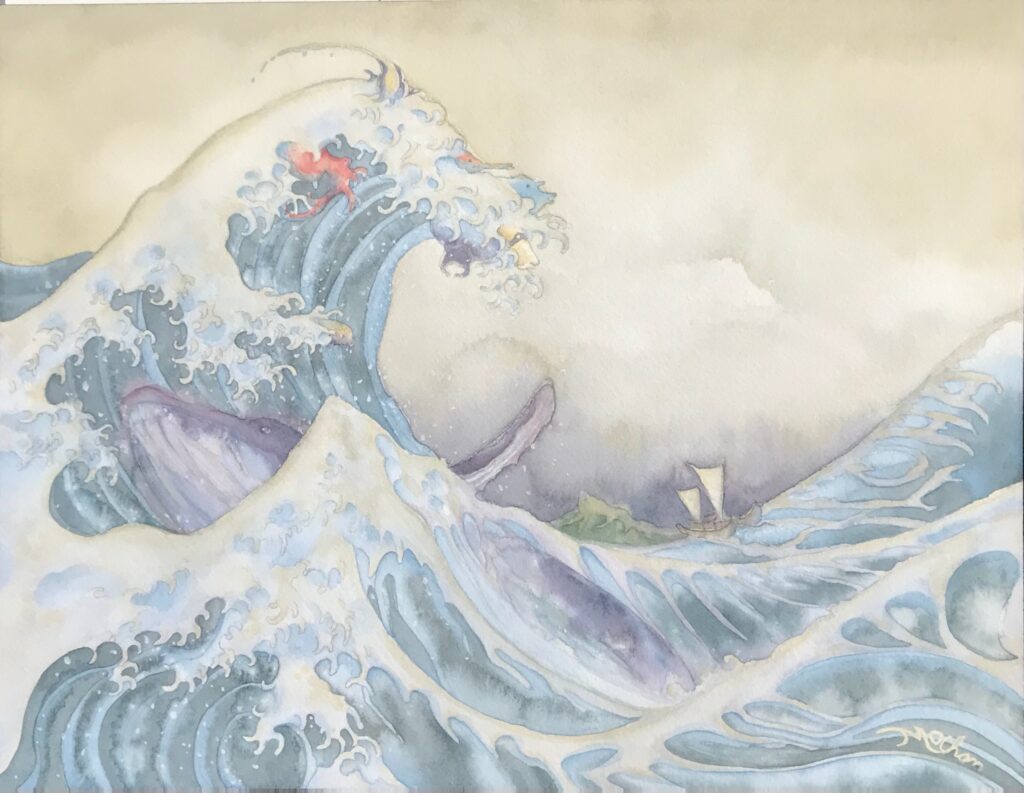
New ideas are like new colors to introduce to the brain’s palette. The ideas-or colors- one favors become their primary layer of perception in how they view the world. As an example, if you put your attention and interest consistently in proven scientific laws first and foremost, then that lense may be the primary one you view all of nature’s mystery through. When a new idea bounces into your awareness, you may develop a tendency to view it as relevant or irrelevant in relation to the scientific laws you filter your reality with. In this way, ideas irrelevant or inexplicable by our understanding of current scientific laws may habitually be ignored by our minds. Whereas, if you put your attention on that which inspires and attracts you-the source of which is rooted to your unique natural constitution- your own “personal laws” may surface over time and become the primary layer of perception you view the world.
Because of how amazing our minds are, we can entertain countless new ideas day in and day out, and enjoy the ever-changing scenery that is our unique, subjective experience of reality. Whichever ideas we let paint our reality may make all the difference in feeling small, insignificant and restricted or purposeful, appreciative, and empowered.
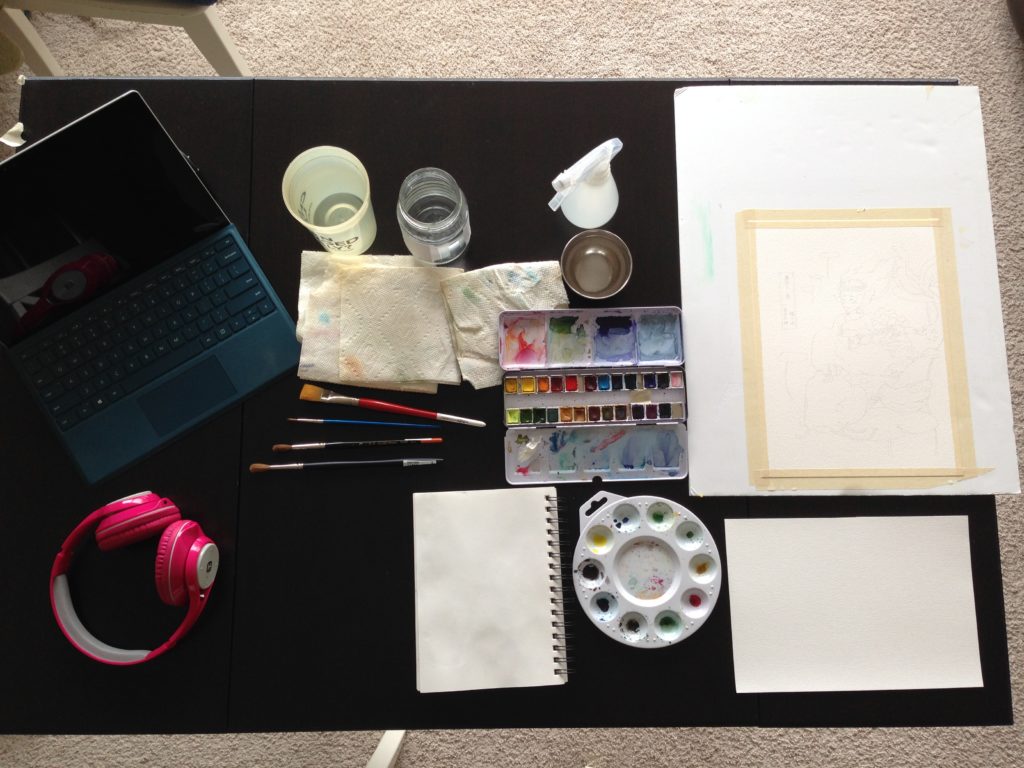
Today, I might like to draw on the idea of non-linear time.. and to then play with a couple ideas I was exposed to over 10 years ago during my life in Japan. Through the lense of non-linear time, much like in dreaming, the future-past-present all become available to us and we can experience more freedom.
Japanese idea #1
心
Kokoro
(mind-heart)
When I say in words that our minds are what entertain ideas, I feel the limitation of my mother tongue. Actually, I want to convey that it is our kokoro. Kokoro is the Japanese word used to translate mind, heart, and spirit depending on its usage. Perhaps it’s more accurate to say that English must shift between interpretations of this word when attempting to translate because it lacks a word that acknowledges the connection of mind, heart, and spirit. Kokoro feels deeper and more interconnected, and is a word I wish I could use with everyone.
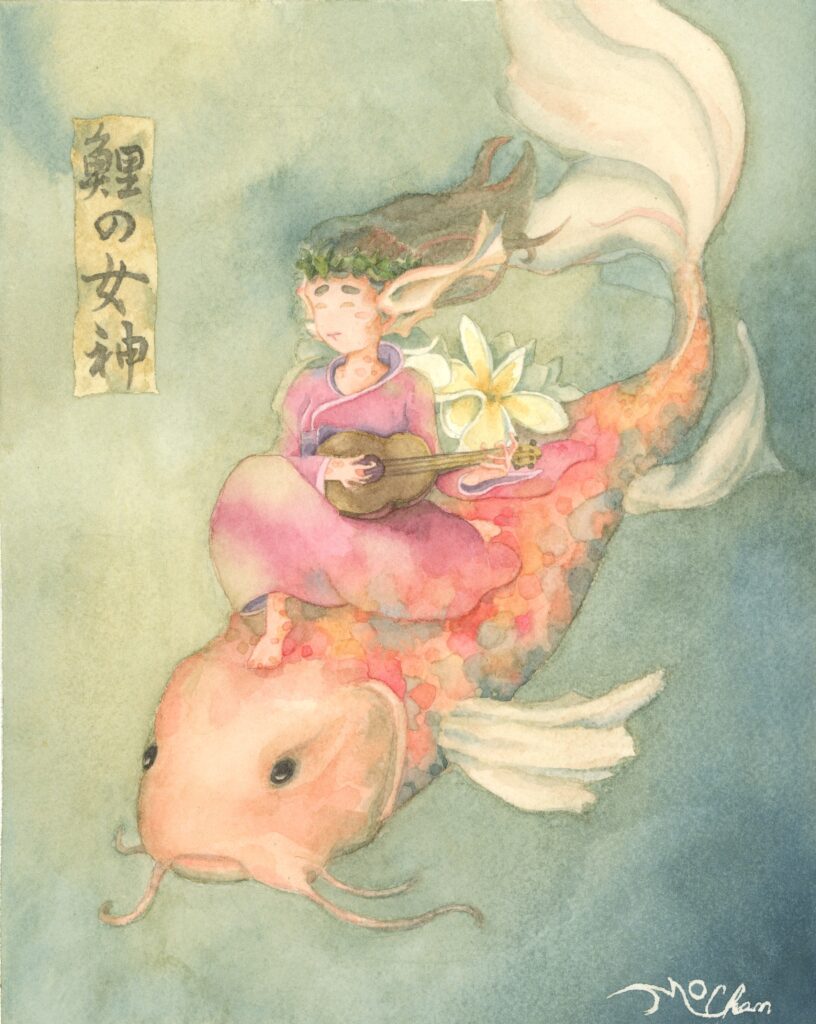
Japanese idea #2
八百万の神
Yaoyorozu no kami
(The belief that everything in nature has a correlating god)
There is a god in my pencil, in the monkey pod trees I can see out my window, and even a god in my toilet. This is the idea of Yaoyorozu no kami. I like who I become and I like what the world looks like when I embrace this idea. There are little gods all around us giving a sense of sentient complexity to the inanimate and providing a bridge of understanding to all things in nature which otherwise can appear voiceless and thus expendable.
When we see ourselves coexisting in a world filled with Yaoyorozu no kami, we can live knowing we are never alone, and that divine companionship is different from relationships with fellow humans. What does it feel like? I think the more accurate question would be, “what does it feel like for you?” I believe it’s an inner-world affair that blossoms as we accumulate more moving experiences with Nature. I might choose to describe the feeling as an expansive, floating stillness that comes over us like the warmth of the sun-it does not ask anything of us but quietly empowers us.
Japanese idea #3
儚いものに美を感じる
Hakanai mono ni bi o kanjiru
(Beauty found in the ephemeral)
The main road leading to the campus of the university I attended in Tokyo was lined with cherry trees. In the beginning of April they began to bloom and within days reached mankai-full bloom. They were a breathtaking sight. I learned what hakanai meant when I saw how quickly sakura in full bloom began to lose its petals. And I learned again what hakanai meant when that year in Tokyo came to an end.
Hakanai mono means that which is fleeting and impermanent. Finding beauty in the unrepeatable nature of a moment, especially the ephemeral, is a concept embedded in the Japanese culture that enforces a kind of mindfulness available to anyone and everyone. The ingredient that we may not always willingly embrace in this kind of beauty is the presence of a little sadness.
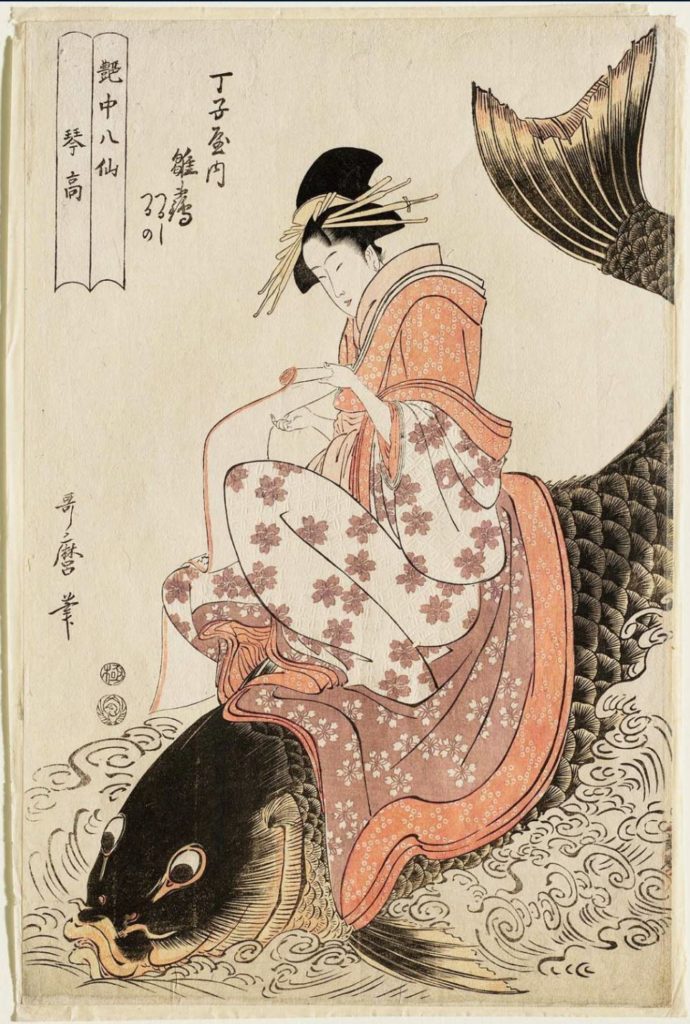
As I mature and grow more, I am excited to come to a deeper understanding as to the nature of ideas and how they find their way into the material world. One impression that stands firmly in my mind is that a person doesn’t actually own an idea. Honestly, if I could change our language usage, I’d like to change the overpowering emphasis of personal (unshared) possession of things in language. Instead of “I have an idea..” or “This is my idea..” (which implies that others may need your permission to entertain it) it feels more accurate to say, “I received an idea..” or “An idea just surfaced..” To me, noticing an incoming idea is more like tuning in to an incoming message via a signal that your body’s electromagnetic field picks up. As you entertain it, it alchemizes with everything else that makes you, you.
In this way, sharing ideas with a group doesn’t have to feel so personal. If an idea just surfaced and it is later discarded, you don’t have to feel like a part of you was rejected by the group, because we are not “our” ideas. We can carry ideas, embody ideas, and share ideas all without owning them. This is an intensely liberating lense to perceive the world through.
Today, I still entertain the idea that after we let go of the desire to own things, we are left with a kind of mental flexibility that can allow us to live well amongst ambiguity and even paradox.. and maybe even discover our own subjective experience of beauty and joy floating in that foggy mental plane.
I’m happy to have been able to share these hidden Japanese treasures here in this space. As we all move on with our day, may the artist in each of us continue the wholehearted work of looking at all that is familiar around us with new eyes- excited at the task of integrating the new with the old and seeing where our personal laws and powers of discernment lead us.
